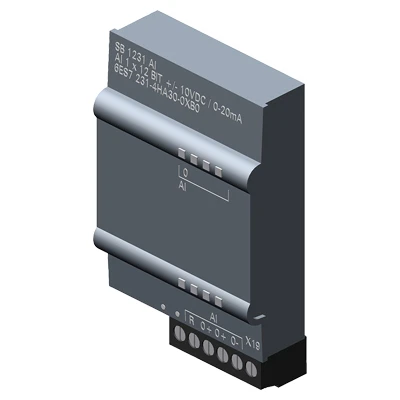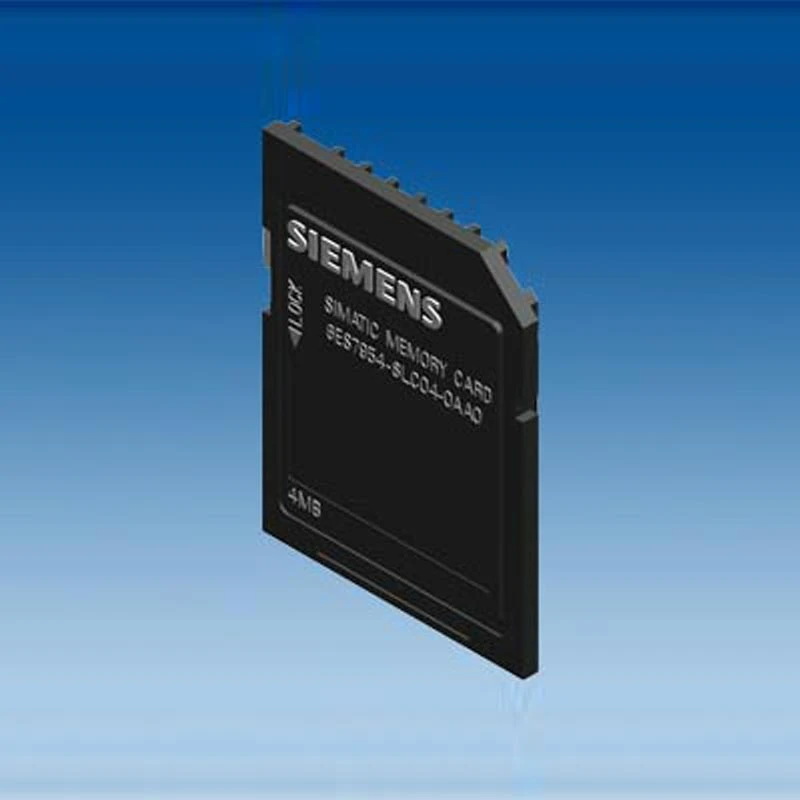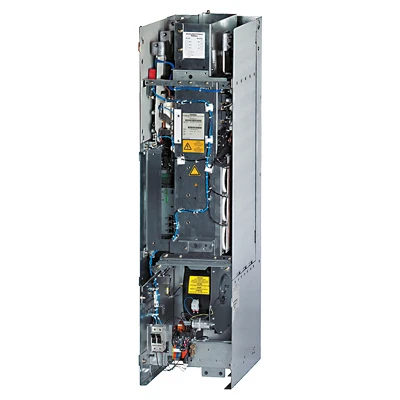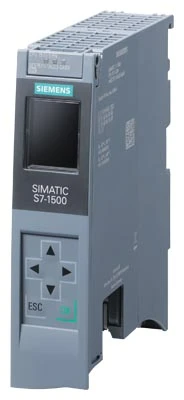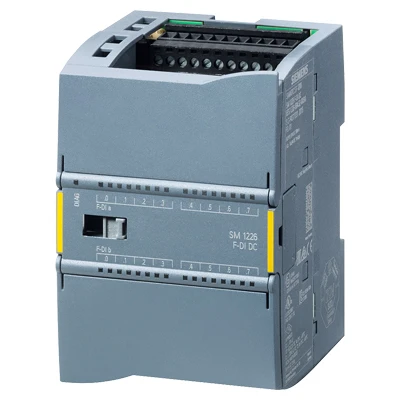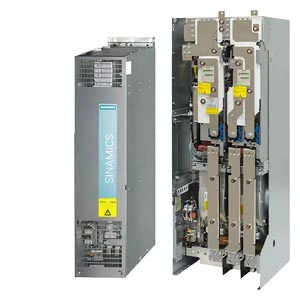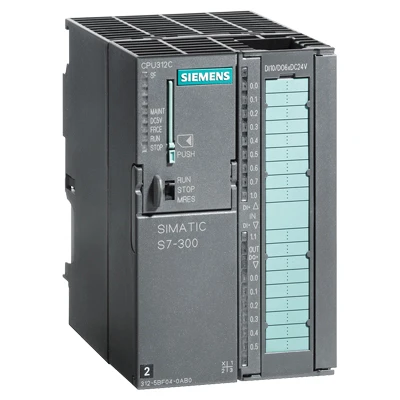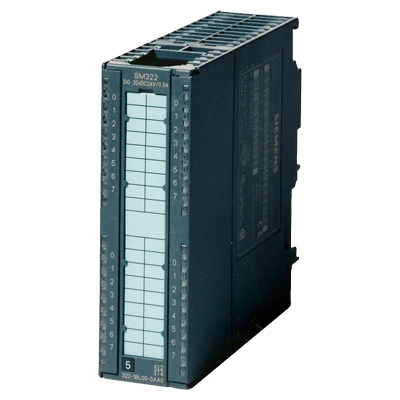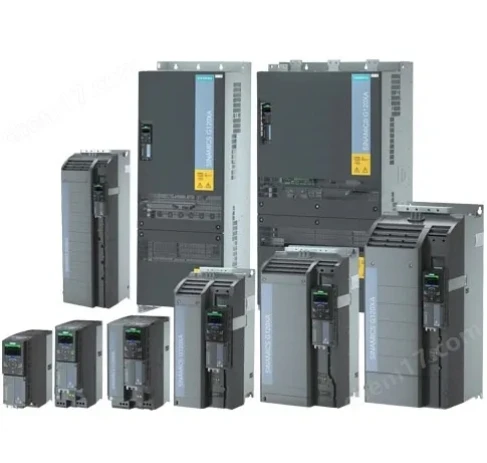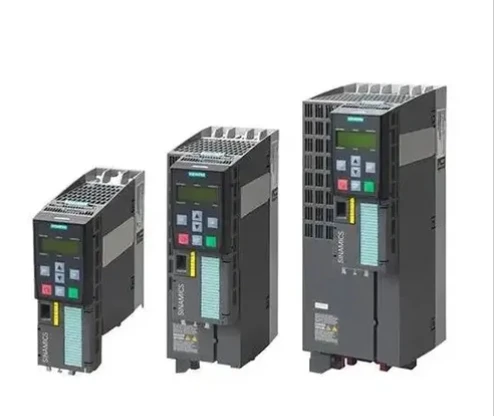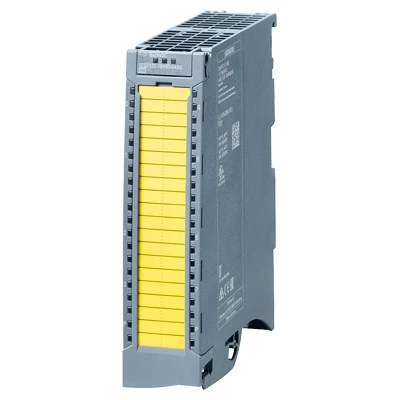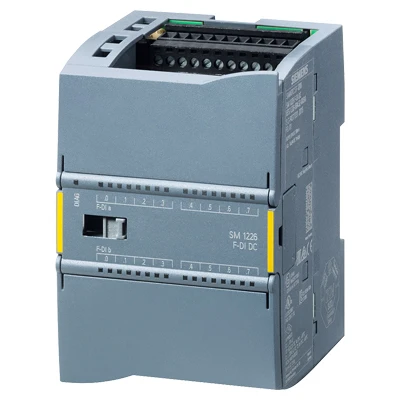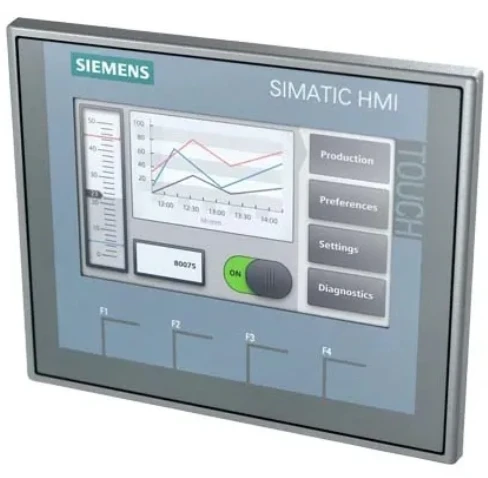VFD Selection for Motors & Pumps Expert Guide to Optimize Performance
- Understanding the Critical Role of VFDs in Industrial Motor Systems
- Technical Advantages and Energy Savings Potential
- Essential Specification Parameters for Optimal VFD Selection
- Manufacturer Capability Comparison for Motor Applications
- Custom Configuration Solutions for Unique Operational Requirements
- Real-World Application Case Studies and Performance Metrics
- Final Guidelines for Your VFD Selection Process
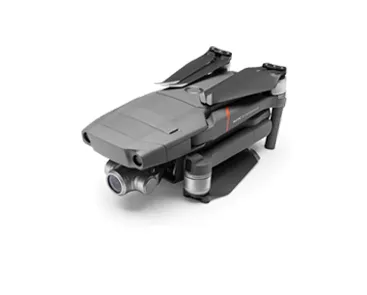
(selection of vfd for motor)
Understanding the Critical Role of VFDs in Industrial Motor Systems
Proper selection of VFD for motor systems constitutes a pivotal engineering decision with profound operational implications. Variable Frequency Drives serve as precision control interfaces between power supplies and electric motors, dynamically adjusting rotational speed by modulating electrical frequency. This capability transforms fixed-speed motors into adaptable power sources across manufacturing, HVAC, and processing industries.
Industrial motors consume 70% of facility electricity, according to the US Department of Energy. Implementing appropriate VFD systems reduces this consumption by 15-30% across typical applications. Particularly for selection of VFD for pumps, centrifugal loads demonstrate remarkable efficiency gains: reducing speed by 20% cuts energy requirements by 50% due to cubic relationships between flow and power consumption.
Technical Advantages and Energy Savings Potential
Modern VFDs deliver multifaceted technical benefits extending beyond simple speed adjustment. Harmonic filtering capabilities maintain grid power quality while integrated PID controllers enable autonomous process regulation without secondary hardware. Thermal management systems utilizing IGBT semiconductors minimize derating requirements to sustain full torque production across extended operational ranges.
Energy optimization manifests across three operational domains:
- Ramp management eliminates mechanical stress during motor starts and stops
- Demand-based operation prevents constant maximum speed inefficiencies
- Power factor correction reduces apparent power consumption up to 95%
Variable torque applications like centrifugal pumps exhibit 35-50% energy savings potential compared to throttling valve control methods.
Essential Specification Parameters for Optimal VFD Selection
VFD selection for motors demands systematic evaluation across electrical and mechanical parameters. Electrical compatibility starts with voltage class matching (208/230VAC vs. 480/600VAC) and current ratings exceeding motor FLA by 15% minimum. Harmonic distortion specifications below 5% THD prevent interference with sensitive instrumentation equipment.
- Load profile identification: Constant torque (conveyors) vs variable torque (pumps/fans)
- Environmental ratings: NEMA 4X/IP66 enclosures for washdown environments
- Control interface requirements: EtherNet/IP, Modbus TCP, or CANopen protocols
For pump installations, dry-run protection algorithms and preprogrammed pump curves accelerate commissioning.
Manufacturer Capability Comparison for Motor Applications
| Manufacturer | Efficiency Range | Torque Response (ms) | Pump-Specific Features | Harmonics Solution |
|---|---|---|---|---|
| ABB ACS880 | 97.5-98.7% | <15 | Adaptive pump logic | Active front end |
| Siemens G120X | 97.1-98.2% | <20 | Pipe fill algorithms | Multi-pulse transformer |
| Rockwell PowerFlex 755T | 96.8-98.0% | <25 | Multi-pump coordination | 12-pulse configuration |
| Danfoss VLT AQUA | 96.5-97.9% | <22 | Anti-water hammer | DC choke option |
Custom Configuration Solutions for Unique Operational Requirements
Off-the-shelf VFD solutions become inadequate when confronting unconventional motor configurations or extreme environmental conditions. Third-party system integrators provide application engineering services addressing specialized needs like marine-grade conformal coatings for saltwater exposure or vector control programming for >500HP submersible motors. Explosion-proof certified packages facilitate deployment in hazardous petrochemical processing facilities.
Critical custom engineering considerations include:
- Multi-motor master/slave architectures preventing regenerative interference
- Paralleling configurations for multi-pump water distribution stations
- Customized diagnostic protocols matching plant SCADA infrastructure
- Hardened components maintaining functionality at >60°C ambient temperatures
Real-World Application Case Studies and Performance Metrics
Municipal water treatment facilities demonstrate quantifiable benefits from optimized VFD selection. The City of Tacoma implemented specialized drives controlling 1,500HP booster pumps achieving 40% energy savings across pumping stations. Programmed sleep modes automatically reduced output during low-demand periods, cutting power consumption by 320,000 kWh annually without affecting pressure requirements.
Manufacturing plants report substantial operational improvements:
| Application | Drive Type | Motor Size | Energy Reduction | ROI Period |
|---|---|---|---|---|
| Cooling tower fans | Multi-pump drive | 100HP | 31% | 18 months |
| Centrifugal pumps | Water-optimized VFD | 75HP | 47% | 14 months |
| Conveyor motors | Heavy duty drive | 60HP | 28% | 22 months |
Final Guidelines for Your VFD Selection Process
Successful vfd selection for motors culminates from structured evaluation matching technical specifications to operational requirements. Initiate assessments by documenting precise motor nameplate parameters before calculating torque-speed characteristics. Consult authoritative references including IEEE 1566 industrial standards when evaluating manufacturers' environmental and harmonic compliance certifications.
Prioritize vendor support capabilities through lifecycle analysis: installation services reducing commissioning timelines by 30% and predictive maintenance options leveraging IoT capabilities. Conduct empirical verification through demonstration units whenever possible, especially for complex implementations involving multi-drive synchronization or legacy systems upgrades. This deliberate approach to selection of VFD for motor systems delivers sustainable performance advantages across the entire operational lifecycle.

(selection of vfd for motor)
FAQS on selection of vfd for motor
Q: What factors should be considered when selecting a VFD for a motor?
A: Key factors include motor power rating, voltage and current requirements, load type (constant torque vs. variable torque), and application-specific needs like speed range and control method. Always match the VFD’s capacity to the motor’s full-load current and voltage.
Q: How does motor load type influence VFD selection for pumps?
A: Pump applications typically involve variable torque loads, so select a VFD optimized for variable torque performance. Ensure it can handle the starting torque and provide energy-saving features like automatic voltage adjustment for pump efficiency.
Q: Why is input voltage critical in VFD selection for motors?
A: The VFD must match the motor’s rated voltage and the facility’s power supply (e.g., 230V, 480V). Incorrect voltage ratings can damage the motor or VFD, and voltage fluctuations may require additional filters or stabilizers.
Q: What are the risks of undersizing a VFD for a motor?
A: Undersizing can cause overheating, frequent tripping, and premature VFD failure. Always choose a VFD with a current rating at least 1.15 times the motor’s full-load current to handle peak demands and ensure reliability.
Q: How do control methods (V/F vs. vector control) impact VFD selection for motors?
A: V/F control suits basic speed regulation for pumps or fans, while vector control provides precise torque and speed control for complex loads. Select based on application precision needs and motor compatibility.

